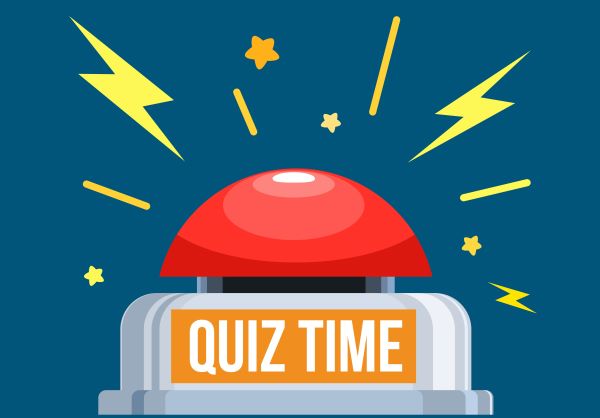Primary Care Coding Alert
Quiz Answers:
Check Your Answers to Our Mental Healthcare Quiz
Published on Mon Dec 18, 2023

You’ve reached your limit of free articles. Already a subscriber? Log in.
Not a subscriber? Subscribe today to continue reading this article. Plus, you’ll get:
- Simple explanations of current healthcare regulations and payer programs
- Real-world reporting scenarios solved by our expert coders
- Industry news, such as MAC and RAC activities, the OIG Work Plan, and CERT reports
- Instant access to every article ever published in Revenue Cycle Insider
- 6 annual AAPC-approved CEUs
- The latest updates for CPT®, ICD-10-CM, HCPCS Level II, NCCI edits, modifiers, compliance, technology, practice management, and more
Related Articles
Other Articles in this issue of
Primary Care Coding Alert
- Final Rule:
Find Four Takeaways From the 2024 MPFS Final Rule
Also: Gain insight into the split/shared policy update. On Nov. 16, the Centers for Medicare [...] - Quiz:
Has Mental Health Coding Got You Down? Take This Quiz to Find Out
Answer these questions to help you increase your coding confidence. When the blues are a [...] - Lesions:
Ensure Your Skincare Coding Skills are More Than Surface-Level
Also: understand Medicare frequency rules for routine care. Patients often think of their primary care [...] - Quiz Answers:
Check Your Answers to Our Mental Healthcare Quiz
Find out if your coding comprehension is correct. Once you’ve answered the quiz questions on [...] - You Be the Coder:
See if You Can Correctly Code This HIV Encounter
Question: One of our physicians diagnosed a patient who is four weeks pregnant with HIV. She [...] - Reader Question:
Avoid Double-Billing by Dissecting This Same-Office Scenario
Question: My office has primary care physicians (PCPs) and ob-gyn doctors. We have a patient that [...] - Reader Question:
Remember ICD-10 Update When Reporting Resistant Hypertension
Question: My physician documented resistant hypertension. How should I report this? Oregon Subscriber Answer: It’s no surprise [...]
View All




